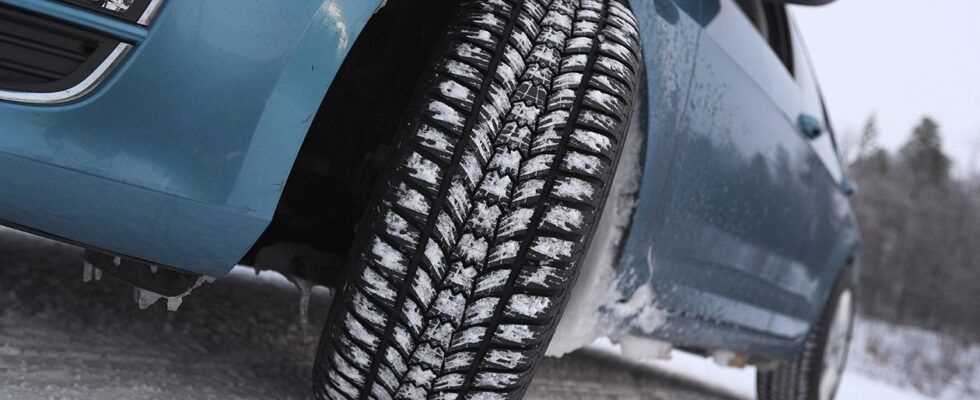Even if it hardly looks like winter: From Monday, the situational winter tire requirement applies until April 15, 2022. Here you can find out what that means and which tires are recommended.
On November 1st, the law of winter on the streets of Austria officially applies. “For cars and small trucks up to 3.5 tons as well as moped cars, there is a weather-dependent winter equipment requirement from November 1st to April 15th. This means that in winter road conditions – i.e. when there is snow, slush or ice on the road – winter tires must be fitted on all wheels, ”explains ÖAMTC lawyer Alexander Letitzki.
Here are the results of the current winter tire test
In the current winter tire test, the ÖAMTC tested 34 makes in two dimensions. Two candidates failed, but seven received the rating “very recommendable” and 24 were rated “recommendable”.
Click here for the winter tire test!
Wrong tires can be expensive
Anyone who does not comply with the winter equipment requirement must expect an administrative penalty. Apart from that, accidents can result in civil and often criminal consequences. The winter equipment requirement does not apply to motorbikes, bicycles and scooters.
Winter tires must be marked with the snowflake symbol and have a tread depth of at least 4 mm. All-season tires are also provided with this marking and are therefore legally considered winter tires. If you are caught in winter driving conditions without the right tires, you have to reckon with a mandate of around 50 euros. “If other road users are endangered by the wrong tires, there is a theoretical fine of up to 5,000 euros,” says the lawyer.
In the event of an accident with summer tires on a wintry road, in addition to the consequences of the accident, further inconveniences must be expected: for example, the liability insurance must compensate the injured party for his damage, but the comprehensive insurance can refuse a payment to the car owner due to “gross negligence”. The expert therefore advises not to wait for the first snow to appear before changing tires. Morning frost in lowlands can also make roads icy.
